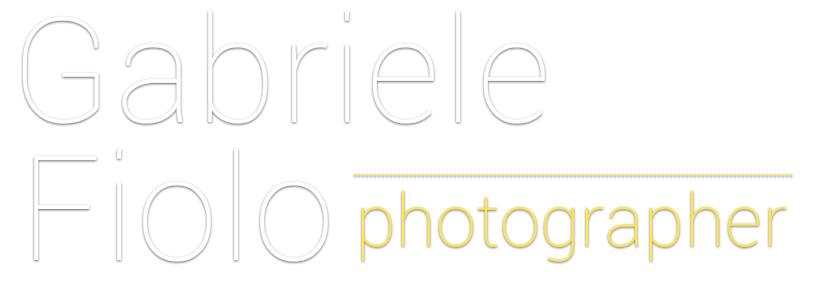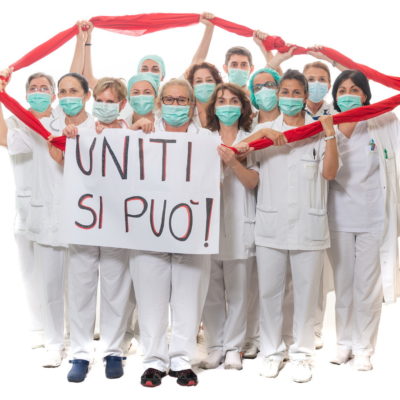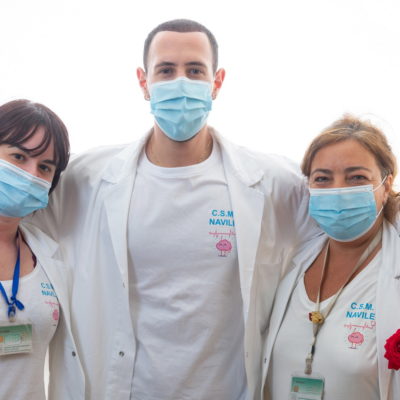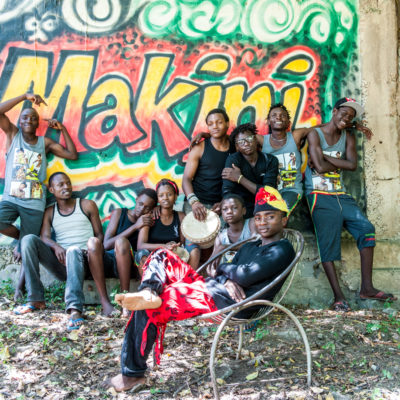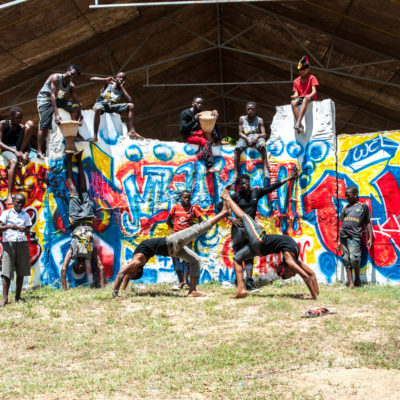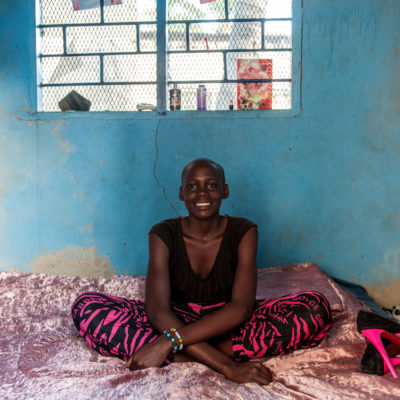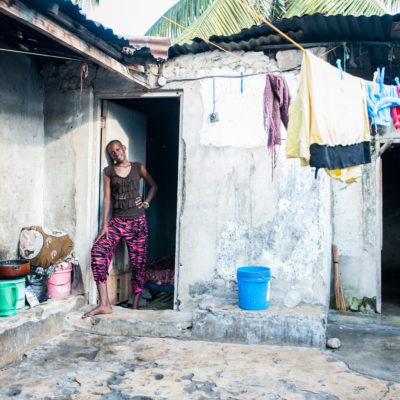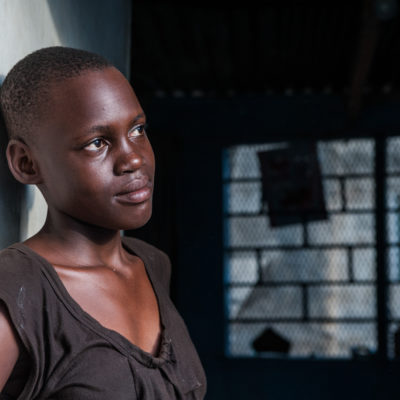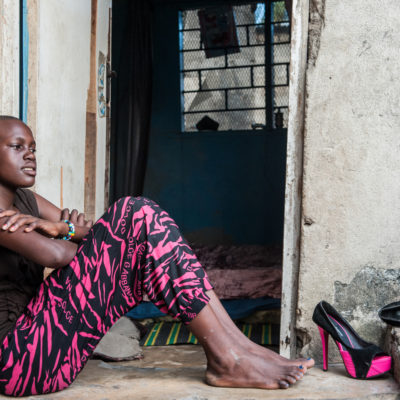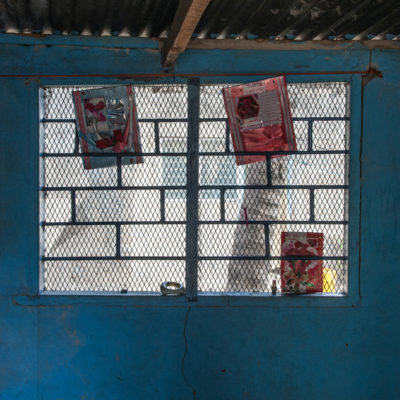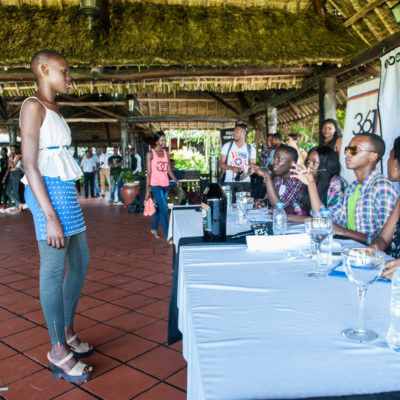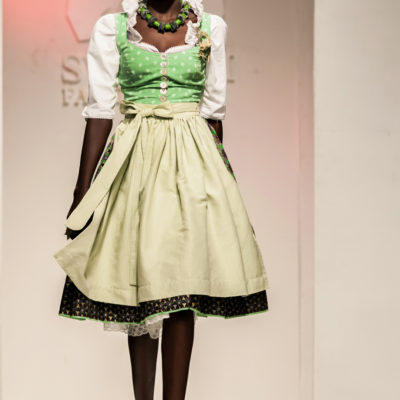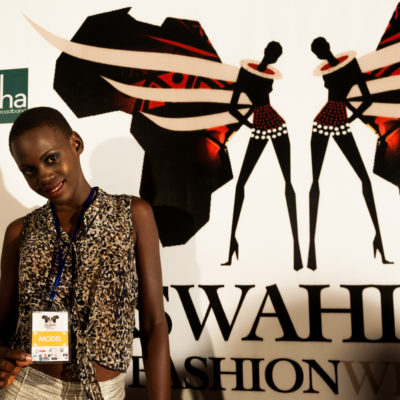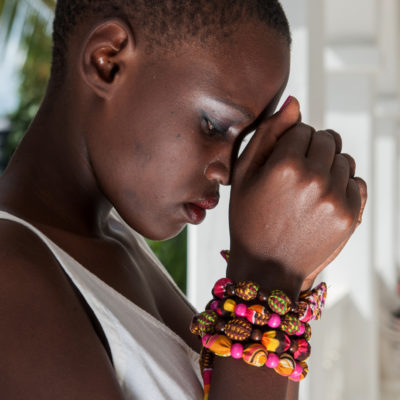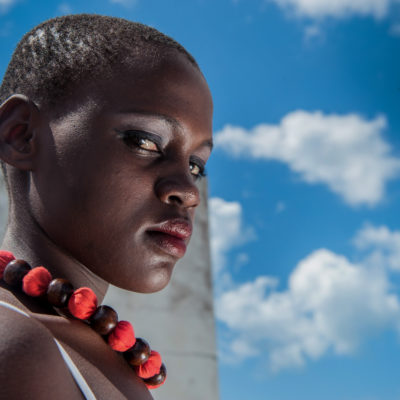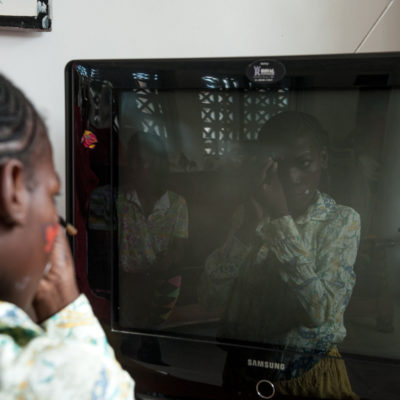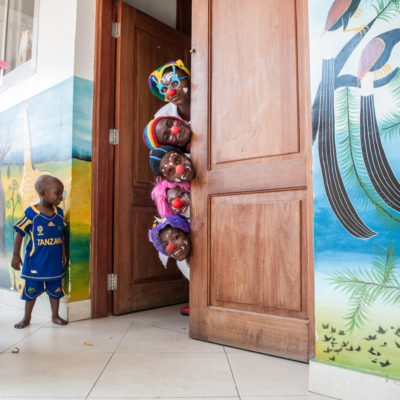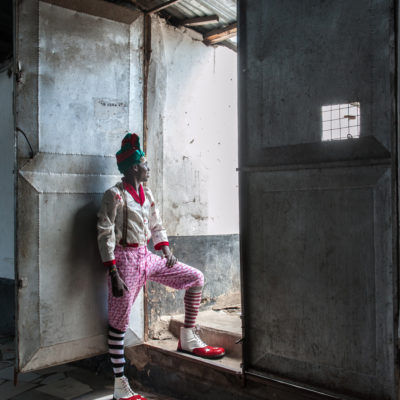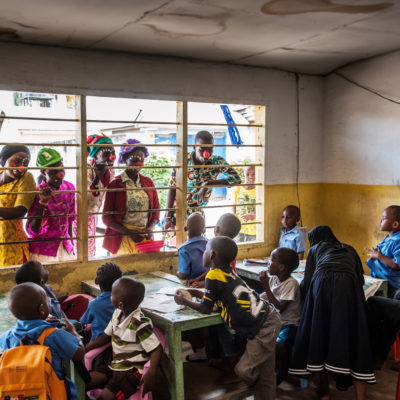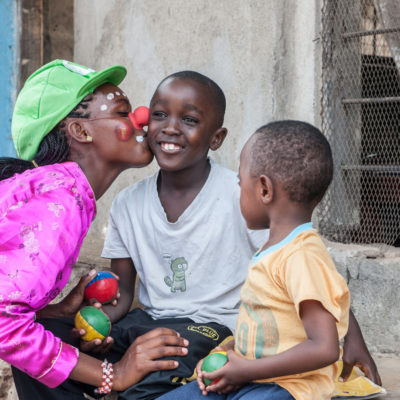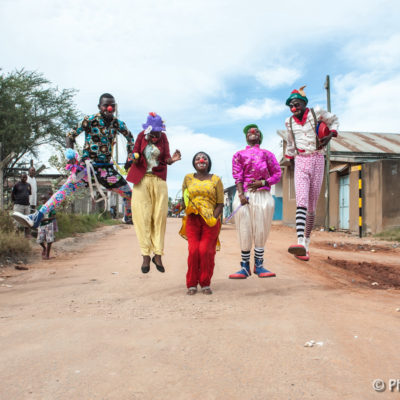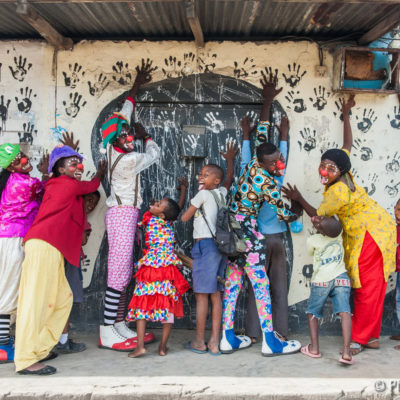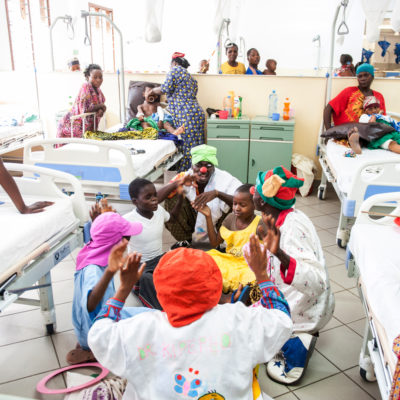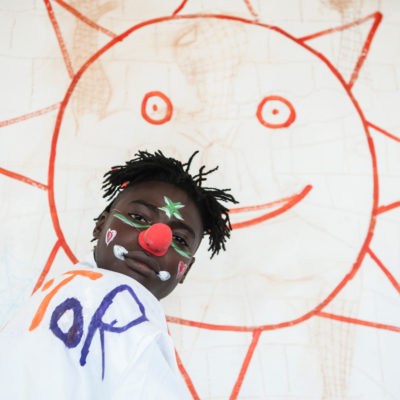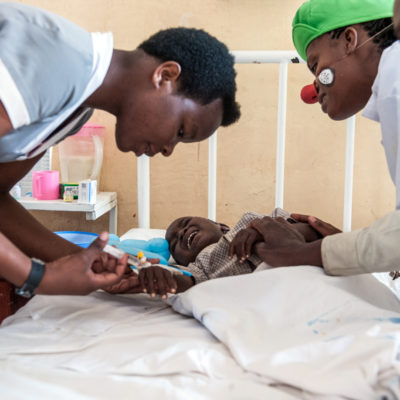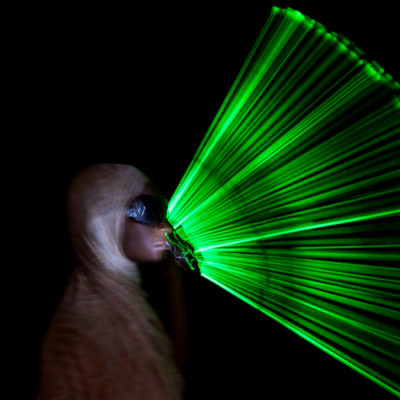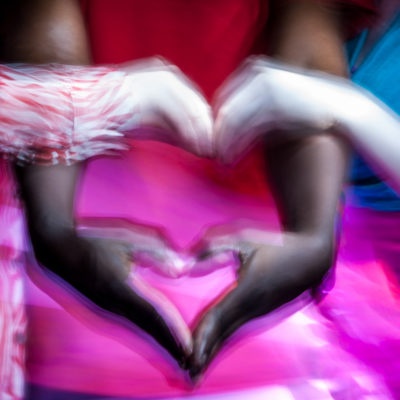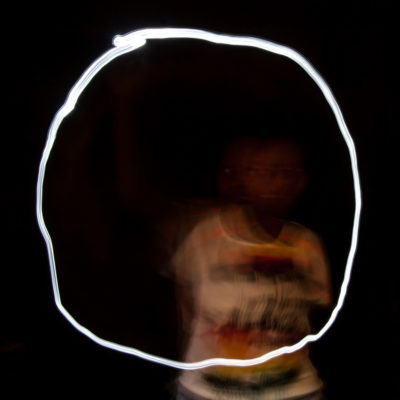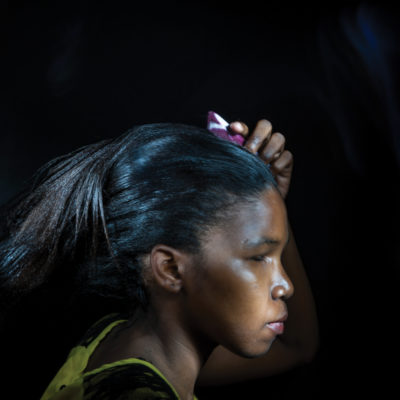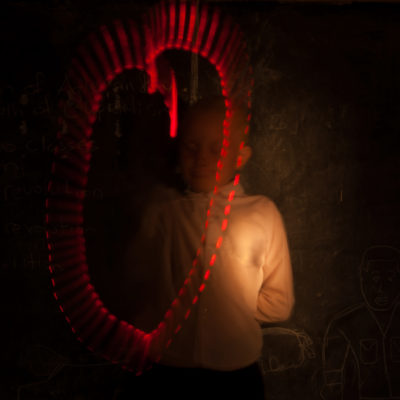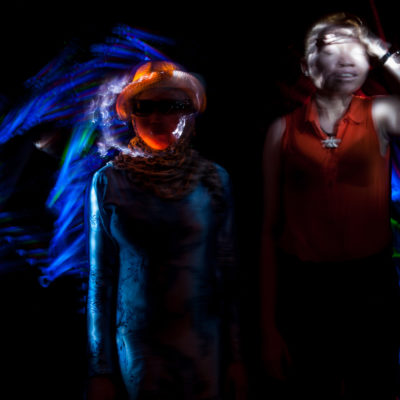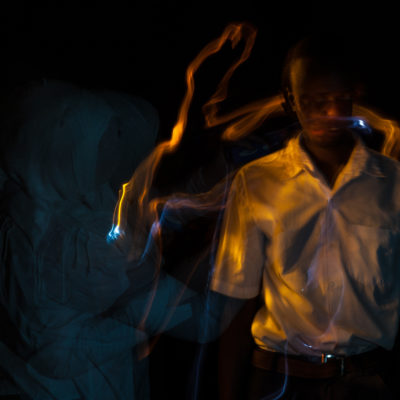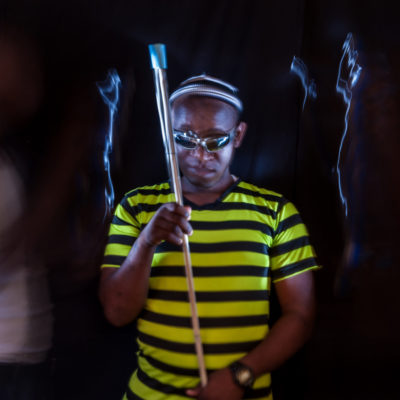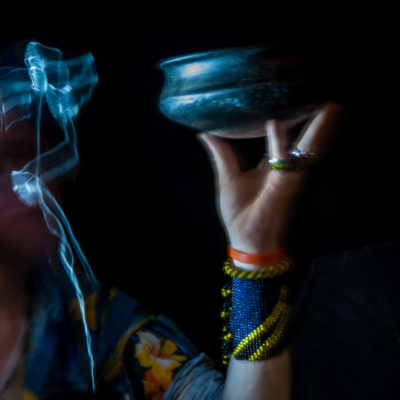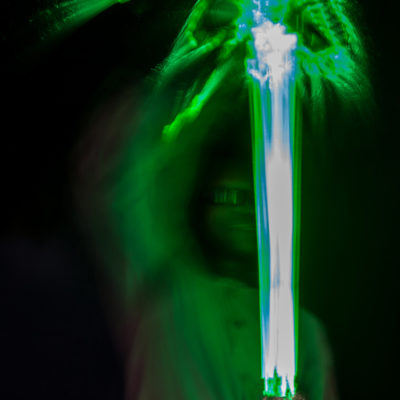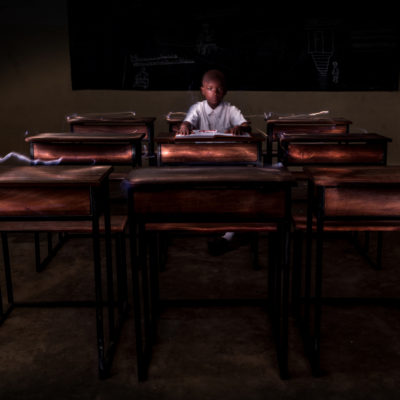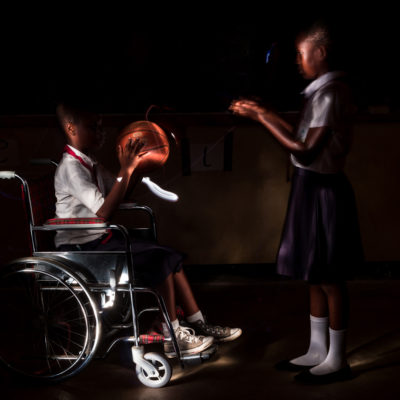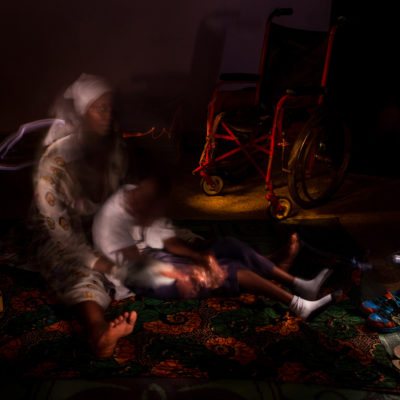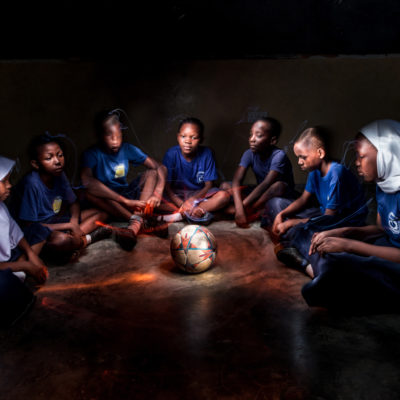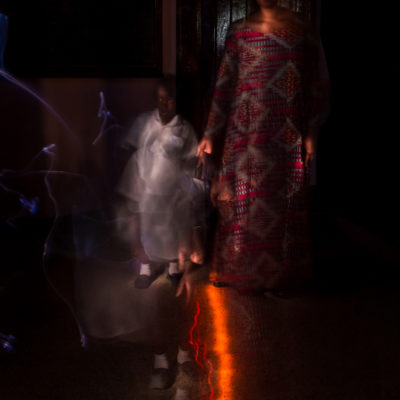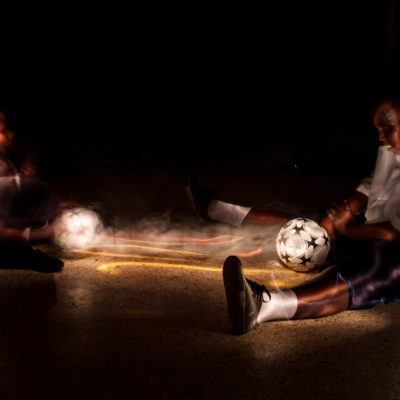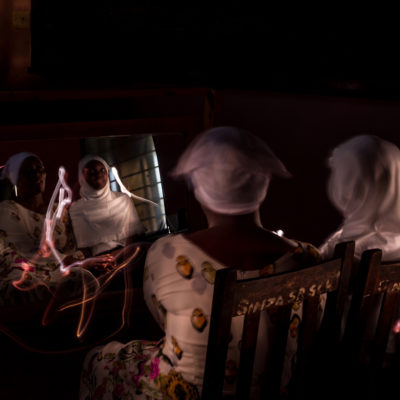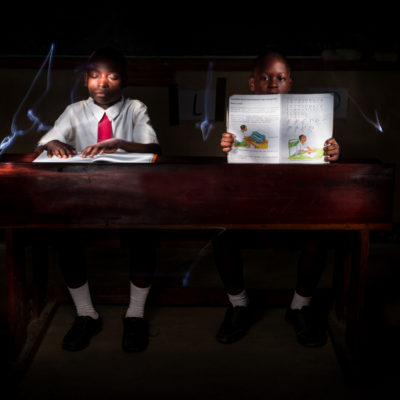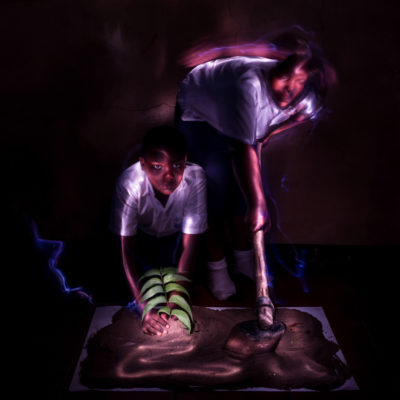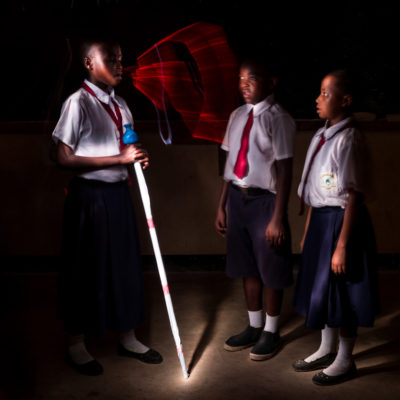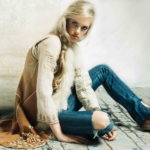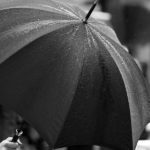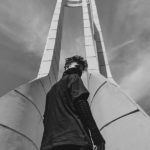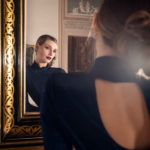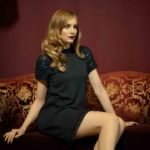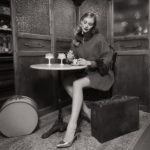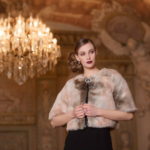Il treno della memoria
viaggio alla ricerca dell’essenziale
“Il treno della memoria – viaggio alla ricerca dell’essenziale” è un progetto che ci spinge a riflettere su cosa, in questo ipotetico viaggio, consideriamo essenziale. È un percorso intimo che ci conduce a focalizzarci su ciò che è veramente necessario, riscoprendo l’essenza stessa del nostro legame con la memoria e il senso delle nostre scelte.
Il progetto prende vita all’interno di un vagone originale della Seconda Guerra Mondiale usato per le deportazioni di massa, un luogo simbolico in cui i “viaggiatori” non avevano la possibilità di scegliere cosa portare con sé. Attraverso questa ambientazione evocativa, il progetto ci invita a riflettere sul valore della memoria e su cosa è veramente essenziale: un viaggio dentro noi stessi, un momento di pausa dalla frenesia quotidiana per chiederci cosa sia davvero importante nella nostra vita.
Partire non significa soltanto chiedersi “dove vado?”, ma anche “cosa porto con me?”. Ci sono viaggi in cui la destinazione è sconosciuta, e proprio in quei casi la scelta di cosa portare diventa profondamente emotiva, più che pratica. È una scelta che riflette ciò che riteniamo imprescindibile, ciò che fa parte del nostro essere e che non vogliamo abbandonare: qualcosa che ci accompagni e che, nel tempo, diventi memoria.
E’ stato creato un museo virtuale interattivo dedicato alla mostra per rendere accessibili al pubblico molte delle immagini realizzate durante lo shooting, insieme ai testi di accompagnamento. È possibile visitarlo al link, oppure scansionando il QR Code. 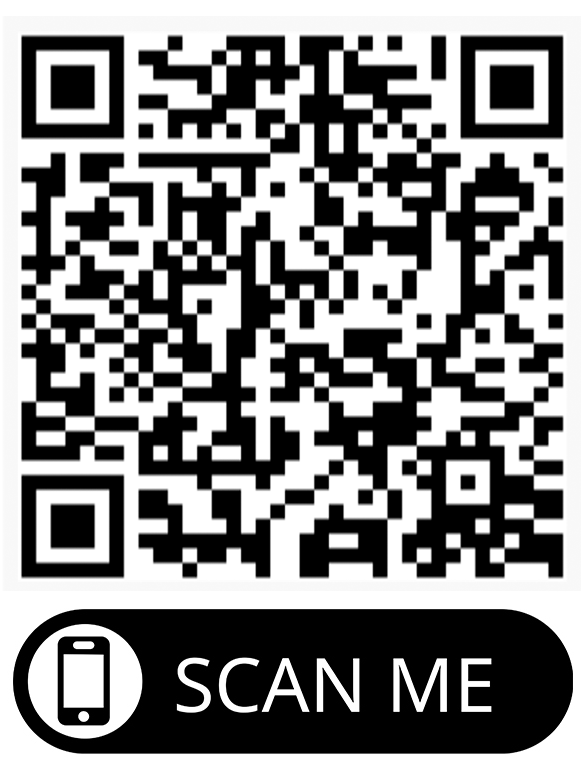
The memory train
a journey in search of the essential
‘The memory train – a journey in search of the essential’ is a project that prompts us to reflect on what, in this hypothetical journey, we consider essential. It is an intimate journey that leads us to focus on what is truly necessary, rediscovering the very essence of our connection with memory and the meaning of our choices.
The project comes to life inside an original World War II wagon used for mass deportations, a symbolic place where ‘travellers’ were not allowed to choose what to take with them. Through this evocative setting, the project invites us to reflect on the value of memory and what is really essential: a journey within ourselves, a moment of pause from the daily frenzy to ask ourselves what is really important in our lives.
Leaving does not only mean asking ‘where am I going?’, but also ‘what am I taking with me?’. There are journeys where the destination is unknown, and it is precisely in those cases that the choice of what to bring becomes deeply emotional, rather than practical. It is a choice that reflects what we consider indispensable, what is part of our being and what we do not want to leave behind: something that accompanies us and which, in time, becomes a memory.
A interactive virtual museum was created in order to make the majority of the photos accessible, to the public. You can visit it at the link, or by scanning the QR Code. 
La Nuova Forma della Luce
Frammenti di Rinascita
“La Nuova Forma della Luce – Frammenti di Rinascita” è un progetto artistico ideato e realizzato in seguito all’alluvione del maggio 2023 che ha devastato la Regione Emilia-Romagna e che ho vissuto direttamente. Attraverso la trasformazione di diapositive distrutte dall’acqua e dal fango in opere d’arte uniche, racconto una storia di resilienza e rinascita: un processo che riflette la capacità di recupero e di reinvenzione anche di fronte alle avversità più dure.
La mostra che nasce da questo progetto è il frutto di una perdita profonda, in cui ricordi, emozioni e anni di lavoro sono andati distrutti. Ma il suo scopo va oltre il semplice racconto dell’impatto emotivo e sociale subito da me e dalla comunità locale. Vuole anche sensibilizzare sul tema urgente del cambiamento climatico, coinvolgere attivamente la comunità e promuovere la sostenibilità attraverso il riutilizzo creativo, dimostrando come anche ciò che sembra perduto possa trasformarsi in nuova luce.
Le imperfezioni delle diapositive originali non sono nascoste ma esaltate, trasformandosi in simboli tangibili della capacità umana di trovare bellezza e significato anche nella rovina. Ogni fotografia è un atto di resistenza, una dimostrazione di come le ferite del passato possano trasformarsi in esperienze rigeneranti.
The New Shape of Light
Fragments of Rebirth
‘The New Shape of Light – Fragments of Rebirth’ is an art project conceived and realised following the May 2023 flood that devastated the Emilia-Romagna region and that I experienced directly. Through the transformation of slides destroyed by the water and mud into unique works of art, I tell a story of resilience and rebirth: a process that reflects the capacity for recovery and reinvention even when facing the harshest adversities.
The exhibition resulting from this project is the fruit of a profound loss, in which memories, emotions and years of work were destroyed. But its purpose goes beyond simply recounting the emotional and social impact suffered by the local community and myself. It also wants to raise awareness of the pressing issue of climate change, actively engage the community and promote sustainability through creative reuse, showing how even what seems lost can be transformed into new light.
The imperfections of the original slides are not hidden but enhanced, becoming tangible symbols of the human capacity to find beauty and meaning even in ruin. Each photograph is an act of resistance, a demonstration of how the wounds of the past can be transformed into regenerative experiences.
On the front line
In prima linea
“ON THE FRONT LINE – IN PRIMA LINEA” è un progetto per non dimenticare attraverso la fotografia, che da sempre ha un ruolo fondamentale: fissare un momento nel tempo, e nel presente un evento passato.
Progetto scritto e realizzato con il collega e amico Roberto Piccinini, due modi diversi di guardare ed un progetto comune, tra luci e ombre.
Infermieri, medici, para medici, ausiliari sono oggi in prima linea in molti ospedali italiani a causa del Covid-19.
Chi sono? Cosa pensano? Cosa desiderano?
Il progetto “ON THE FRONTLINE – IN PRIMA LINEA” ritratto volti e pensieri di chi ogni giorno con competenza, anima, cuore, passione, sacrificio e coraggio lavora negli ospedali italiani.
Sostituire sorrisi e volti dei familiari con quelli del personale ospedaliero, è stata spesso la sorte di molti pazienti: volti e mani che spesso hanno dovuto sostituire gli abbracci di familiari, mogli, mariti, figli, nipoti nell’ultimo saluto terreno o che sono diventati simboli di forza e futuro per chi è guarito.
On the front line
In prima linea
“ON THE FRONT LINE – IN PRIMA LINEA”
It is a project for not forgetting. Photography has always had a fundamental role: to fix a moment in the arc of time, and in the present a past event.
The Project written and realized with my colleague and friend Roberto Piccinini tells two different ways of looking at a shared project, between lights and shadows.
Nurses, doctors, paramedics, are today in the frontline in many Italian hospitals because of the recent pandemic Covid-19.
Who are they? What do they think? What do they want?
The project “ON THE FRONTLINE – IN PRIMA LINEA” portrays the faces and thoughts of those who every day with competence, soul, heart, passion, sacrifice and courage work in Italian hospitals.
Replacing smiles and faces of family members with those of hospital staff, has often been the destiny of many patients: faces and hands that often had to replace the hugs of loved ones: wives, husbands, children, grandchildren in the last greeting or that have become symbols of strength and future for those healed.
Mariam:
dalla strada alla passerella
“Dalla strada alla passerella”. È il percorso compiuto da Mariam, 16 anni, di cui 5 vissuti per le strade di Dar es Salaam, capitale della Tanzania. “Sono nata nella regione di Mwanza (nel Nord Ovest del Paese), mio padre è morto quando ero ancora nella pancia di mia madre e lei è morta in seguito a complicazioni durante il parto cesareo – racconta –. Non li ho mai conosciuti e la mia vita è stata un vero incubo: i parenti dei miei genitori hanno litigato su chi avrebbe dovuto tenermi e, non appena ne ho avuto la possibilità, ho rubato in casa i soldi per pagarmi il viaggio fino a Dar es Salaam e sono scappata”.
Ho incontrato Mariam per la prima volta durante una delle attività dell’associazione che Makini che lavora con i ragazzi di strada, coinvolgendoli attraverso la danza e il teatro e proponendo loro corsi di formazione. Saltava all’occhio per l’eleganza e la grazia del portamento. Parlando con gli operatori dell’associazione si è riusciti a coinvolgerla in un progetto che in tre settimane ha portato Mariam a sfilare alla Swahili Fashion Week, il più importante evento legato alla moda dell’Africa centro orientale.
Tornando più volte in Tanzania da allora non sono mai riuscito a incontrare Mariam, perché era sempre impegnata con qualche lavoro o corso di formazione.
Mariam:
From the street to the catwalk
I met Mariam for the first time during one of the activities of the association Makini an organization which involves street kids through dance and theater and training courses. She stood out for the elegance and grace of her posture. Speaking with the association’s community workers, we were able to involve her in a project that in three weeks took Mariam to parade at Swahili Fashion Week, the most important fashion event in East Africa.
La Maschera più piccola del mondo
Dimenticarsi per un po’ la parte malata del proprio corpo e riprendere ad essere bambini con la voglia di giocare, cantare, scherzare. Anche in un letto di ospedale. Questo è il dono del clown.
Un dono che accade ogni volta.
I clown dottori entrano in azione per colorare i lunghi tempi vuoti dovuti alla degenza in ospedale. Il progetto ha coinvolto 20 giovani artisti di strada che grazie a pochi mesi di formazione li ha portati a creare il gruppo “Dottor Clown Tanzania” che ha iniziato ad animare e supportare bambini, famigliari e personale: nei reparti di pediatria oncologica, neurochirurgia e l’ortopedia pediatrica di due ospedali di Dar es Salaam.
Le immagini trasmettono tutta l’energia, la vitalità e la delicatezza di 20 giovani artisti che un giorno della loro vita hanno deciso di indossare la maschera più piccola del mondo: un naso rosso.
The smallest mask in the world
Forget for a while the sick part of your body and start being children again with the desire to play, sing, joke. Even in a hospital bed. This is the gift of the clown.
A gift that happens every time.
Doctor clowns take action to color the long empty times during hospital stays. The project involved 20 young street artists who, thanks to a few months of training, led them to create the group “Doctor Clown Tanzania” that started to animate and support children, family and staff: in pediatric oncology, neurosurgery and pediatric orthopedics of two hospitals in Dar es Salaam.
The images convey all the energy, vitality and delicacy of 20 young artists who one day in their life decided to wear the smallest mask in the world: a red nose.
The dark sight of photography
The dark sight of photography in school
The photo project “The dark sight of photography in school”, built between February and March 2019, was created to give voice through images to the rights of boys and girls with disabilities in a country like Tanzania where disability is still a taboo for many families. Disabled children rarely go to school because they are seen as a “non-returnable investment”, as they represent a shame for their parents, in particular for mothers who are often abandoned by husbands because they are found guilty of their child’s disability. The strength of the project lies in the fact that it is not a simple reportage on disability, but a real awareness raising campaign, starting from the construction of the meanings and points of view on disability with the small protagonists of the project. It was surprising to find the commitment, creativity, enthusiasm and concreteness of the children’s ideas,
Professional
portraits
Portrait photography helps identify who we are, how we see ourselves or how we are seen. They can be honest images or equally created for affecting a new and improved persona. I am specialized in personal portrait, family photo, editorial portrait for publishing advertising and websites.
